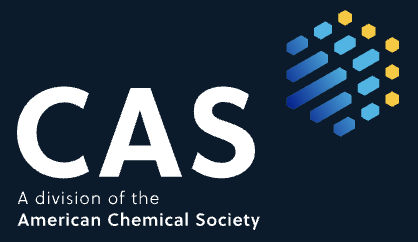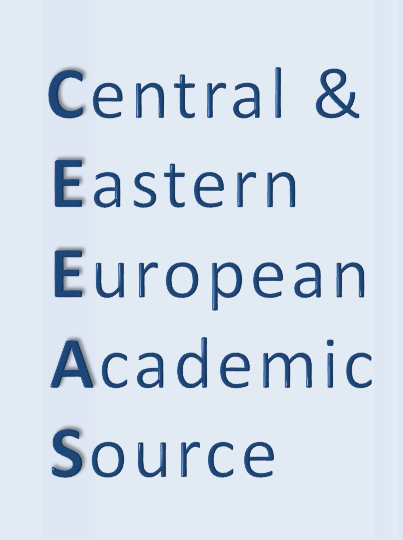Necrotizing Enterocolitis; An Important Morbidity In Premature Infants: Results of An 9 Year Study
Sultan Kavuncuoğlu, Esin Yıldız Aldemir, Nida Çelik, Ferhan Çetindağ, Serdar Sander, Müge Payaslı, Sibel ÖzbekKanuni Sultan Süleyman Education And Researche HospitalOBJECTIVE: To evaluate the frequency of necrotizing enterocolitis, intrinsic risk factors associated with the newborns and the mothers, and how these factors effect development and mortality of NEC in our newborn intensive care unit.
METHODS: Three hundred thirty two newborns admitted to our intensive care unit with the diagnosis of NEC between January 2002 and August 2010 had been evaluated retrospectively.
RESULTS: The frequency of NEC in our NICU was found as 3.8%. Only 5 of the subjects were term, and remaining 327 were preterm.The mean birth weight and gestational age of preterm infants were 1265± 338 gr and 30.9± 2.7 weeks respectively. The most important risk factors for NEC were perinatal asphyxia, severe RDS, ventilator treatment, umbilical catheterization and the use of aminophylline. In the cases with NEC, proven sepsis rate was 9% and the gram negative bacteria were found as the most common organism in these cases. Frequency of trombocytopenia was 32.5% and it was significantly higher in cases with severe NEC. In preterm infants with birth weight <1000 grams, onset of symptoms was later (14-28 days), the duration of hospital stay was longer and rates of surgical treatment and mortality were higher which were all significantly. A total of. 24 infants were treated surgically. Surgical mortality rate was 24% and overall mortality rate was 11%.
CONCLUSION: Necrotizing enterocolitis is an important disease of high risk prematures below 32 weeks and this morbidity will continue to be a problem of intensive care units as the survival rates of very premature infants increase.
Prematüre Bebeklerde Önemli Bir Morbidite Nedeni; Nekrotizan Enterokolit: Dokuz Yıllık Çalışmanın Sonuçları
Sultan Kavuncuoğlu, Esin Yıldız Aldemir, Nida Çelik, Ferhan Çetindağ, Serdar Sander, Müge Payaslı, Sibel ÖzbekKanuni Sultan Süleyman Eğitim Ve Araştırma HastanesiAMAÇ: Bu çalışmada yenidoğan yoğun bakım ünitemizin Nekrotizan Enterokolit (NEK) sıklığını, anne ve bebeğe ait risk faktorlerini ve bu faktörlerin NEK gelişimine ve mortaliteye etkilerini değerlendirmeyi amaçladık.
YÖNTEMLER: Ocak 2002-Ağustos 2010 tarihleri arasında yenidoğan yoğunbakım ünitemizde yatarak takip edilen ve NEK tanısı olan 332 yenidoğanın verileri retrospektif olarak incelendi.
BULGULAR: Yenidoğan yoğunbakım ünitemizin NEK sıklığı %3.8 idi. Olguların 5'i term 327'si preterm olup ortalama doğum ağırlığı 1265 ±338 gr (540-2490) ve ortalama gebelik haftası (GH) 30,9±2,7 hafta (20-38) idi. En önemli risk faktörleri perinatal asfiksi (PNA), ağır RDS, ventilatör tedavisi, umblikal kateter uygulaması ve aminofilin kullanmı idi. NEK’li olgularda kanıtlanmış sepsis oranı %9 olup gram negatif bakteriler en sık etkendi. Bir olguda Brusella tanımlandı. Trombositopeni sıklığı %32,5 olup ileri evrelerde anlamlı yüksekti. 1000 gramın altındaki prematürelerin semptomlarının başlama yaşı geç (14-28 gün), hastanede yatış süreleri uzun cerrahi tedavi ve mortalite oranları yüksekti. 24 hastaya cerrahi girişim yapıldı. Cerrahi mortalite 6 (%24), toplam mortalite 37 (%11) bulundu.
SONUÇ: Nekrotizan enterokolit 32 haftanın altındaki çok riskli prematürelerin önemli bir hastalığı olup yaşam süresi arttıkça yoğunbakım ünitelerinde bu morbidite sorun olmaya devam devam edecektir.
Manuscript Language: Turkish






















